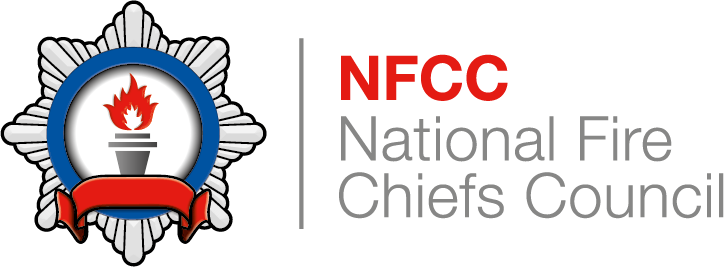Unwanted Fire Signals
Over many years, the Fire and Rescue Service (FRS) have been working with partners to reduce the number of Unwanted Fire Signals (UwFS) that are generated from premises protected by automatic fire detection and fire alarm (AFA) systems. A considerable reduction (about a third) has been seen in recent years. However, despite this reduction, it remains clear that there is still the need for significant improved action associated with the management of false alarms and the numbers of resulting UwFS.
This NFCC guidance follows previous guides and protocols. The PREVIOUS document, CFOA Protocol for the Reduction of False Alarms and Unwanted Fire Signals (2010), aimed to ensure improvements across the sector, including the design of fire alarm systems, a consistency in approach across FRS, promoting industry awareness leading to better servicing and maintenance, and greater compliance with fire safety legislation. The Protocol has formed the basis for many FRS policies on this issue and has led to many examples of notable practice with industry partners.
Individual FRS have to now consider new response strategies to AFA systems to reduce the overall cost of such calls and to meet the requirements of locally determined Integrated Risk Management Plans. In addition, the Localism Act has provided Fire and Rescue Authorities with the power to put in place a charging policy in support of its strategy to deal with unwanted fire signals from automatic fire detection systems.
There are also clear guidelines for dealing with poor performance. The scale of the problem caused by unwanted calls is such that FRS would want to take a strategic approach to reducing the calls, combining measures to engage with, influence and, where necessary, regulate those who are responsible for managing buildings with AFA systems. This guidance directs FRS towards options for reducing these calls, including:
- Supporting the Responsible Person
- FRS interventions
- Stakeholder engagement
- Call Filtering by FRS Control operators
- Reducing attendance
A key area where false alarms and unwanted fire signals can be reduced is through the Fire Alarm Monitoring Organisations. Appendix B of this guidance contains a Code of Practice for Summoning a Fire Response via Fire Alarm Monitoring Organisations. The Guidance details how this Code of Practice aligns with our recommended approach and should be referred to for further information.
The Code of Practice has been produced to establish an agreed best practice between FRS and representatives from the industry of Fire Alarm Monitoring Organisations. It outlines best practice in improving the emergency response arrangements for fire alarm and fire detection systems which are remotely monitored. It also outlines how to reduce the number of unwanted fire signals passed to the FRS.
NFCC and the Fire Alarm Monitoring Industry have agreed to work together to meet four principal aims to improve management of fire alarm systems, false alarms and unwanted fire
signals. These comprise:
- Agree and implement fire alarm monitoring protocols.
- Agree and implement false alarm filtering protocols.
- Agree and implement connection protocols between FRS and fire alarm monitoring centres.
- Reduce unwanted fire signals.
The Code of Practice sets out the recommended expectations of the actions of both Fire Alarm Monitoring Organisations and the FRS. It concludes with a CFOA and FAMO Commitment
Declaration, completion of which demonstrates the commitment shown by the organisations who have agreed to operate in accordance with this Code of Practice. CFOA will publish a
register of FRS and FAMOs who have adopted the Code of Practice on their website.
The overall aim of the guidance is for all stakeholders to work together to ensure that ignoring persistent false alarms, rather than fixing the problem, is not acceptable.
The Guidance was formally launched on 17 June 2014 at the CFOA FireEx Conference – A View from the Top Floor, having been widely consulted on by all UK FRS and others within the fire safety sector, including support from the Fire Industry Association, British Security Industry, Telecare Services Association, Fire & Security Association, National Security Inspectorate and Security Systems and Alarms Inspection Board (UK). It has also been presented to CFOA’s Business Engagement Forum.
